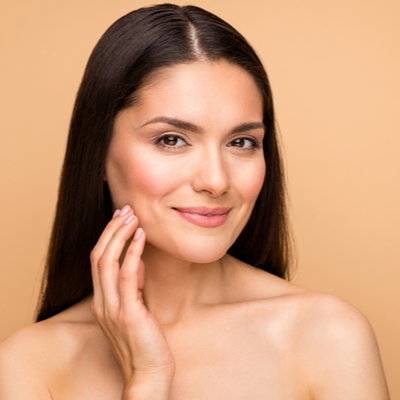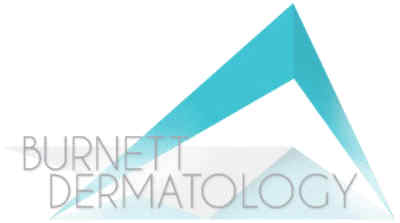 OVERVIEW
OVERVIEW
Aging affects our body in different ways, including our cheeks. As you get older, it’s not uncommon for you to see changes to your cheeks, including:
- loss of volume
- sunken-in or hollowed-out appearance
A cheek enhancement may help, especially if you’re unhappy with the look of your cheeks. Cheek enhancements can help create a more youthful appearance by adding volume to the cheek area.
Finding the right procedure for you requires an appointment with a board-certified plastic surgeon—read on to know about the different types of cheek enhancements currently available.
What is Cheek Enhancement?
Cheek enhancement can be defined as a set of cosmetic procedures to enhance the appearance of your cheeks. Aging affects our cheeks by making them lose volume and appear sunken or hollow.
What are the Different Types of Cheek Enhancements?
The different types of cheek enhancement procedures include:
Surgical Cheek Enhancement
Surgical cheek enhancements can be of two types:
Fat grafting: Also known as a fat injection or fat transfer, this treatment involves the removal of fat from your abdomen, thighs, or other body area and injecting it into the cheeks.
Cheek implants: Cheek implants are made of a solid material inserted into the cheeks through incisions in the mouth. There are three types of cheek implants currently available: malar, submalar, and malar/submalar combined.
Non-Surgical Cheek Enhancement
Non-surgical cheek enhancements use dermal fillers to achieve plumpness in your cheeks. Available as injectables, these fillers can be injected into your cheek area to add volume. A commonly used injectable for cheeks is hyaluronic acid, a naturally occurring substance in your body.
What are the Benefits of Cheek Enhancement?
Each cheek enhancement procedure has its own set of risks and benefits.
- Fat Grafting
The main benefit of fat grafting is that it is a safe and effective way to add volume to the cheeks with minimal risk. However, fat grafting is not permanent, and you may need repeat procedures every few years to maintain your results.
- Dermal Fillers
Dermal fillers are a safe and effective way to add volume to the cheeks with minimal risk. However, dermal fillers are not permanent, and you will need to replace them every few months to maintain your results.
- Cheek implants
Cheek implants are a permanent way to add volume to the cheeks, but they require surgery, and there is an associated risk of infection and other complications that come with cheek implant surgery.
Before you decide to have cheek enhancement surgery, it is essential to consult with a board-certified plastic surgeon to discuss your goals and concerns.
During your consultation, your surgeon will help you choose the best procedure.
Is Cheek Enhancement Treatment Right for You?
The best way to decide which type of cheek enhancement procedure is right for you is to consult with a board-certified plastic surgeon.
During your consultation, your surgeon will assess your individual needs and goals and help you choose the best procedure to achieve your desired results.
What to Expect During a Cheek Enhancement Procedure
Cheek enhancement results will depend on the type of procedure you had.
- If you had fat grafting, it might take a few weeks for the swelling to go down and the full results to be visible.
- If you had dermal fillers, you would see results immediately after the procedure.
- If you had cheek implants, it might take a few months for the swelling to go down and the full results to be visible.
Results from all procedures are usually long-lasting but may not be permanent. You may need to repeat procedures every few years to maintain your results.
Cheek Enhancement is Safe When Performed by a Board-Certified Plastic Surgeon
Cheek enhancement can give you the fuller, more youthful-looking cheeks you desire. There are many options available to achieve your desired results with today’s technology. Be sure to consult with a board-certified plastic surgeon to discuss which procedure is right for you.


